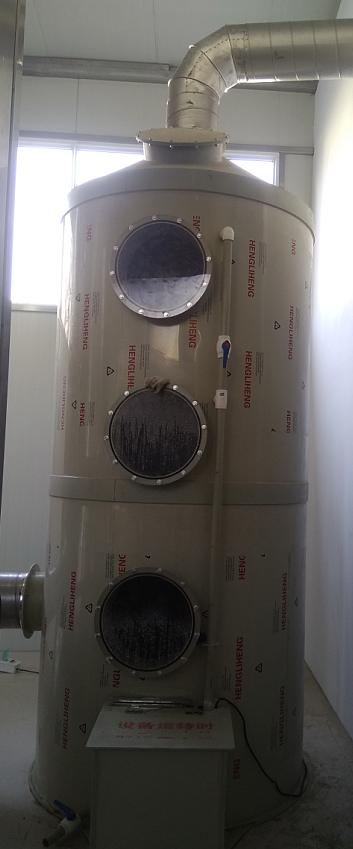Constant Temperature Testing for Conductor Resistance in Electrical Applications
Understanding Conductor Resistance Constant Temperature Testing
Electrical conductivity is a key property of materials used in a variety of applications, ranging from power transmission to electronic devices. One crucial factor that affects conductivity is the resistance of the conductor. This resistance can vary with temperature, making it essential to perform tests that account for these variations. This article delves into the importance of conductor resistance constant temperature testing and the methodologies involved.
What Is Conductor Resistance?
Conductor resistance refers to the opposition that a material presents to the flow of electric current. It depends on several factors, including the material's intrinsic resistivity, its length, and its cross-sectional area. The resistance of conductors typically changes with temperature. For instance, metals generally have a positive temperature coefficient, meaning their resistance increases as temperature rises, while semiconductors tend to exhibit a negative temperature coefficient.
The Importance of Constant Temperature Testing
In practical applications, it is crucial to know how a conductor behaves under varying temperature conditions. Constant temperature testing helps in establishing a baseline resistance value for a conductor at a specified temperature. This allows engineers and researchers to understand how conductivity may change with temperature fluctuations, which is vital in designing safe and efficient electrical systems.
Testing conductors at a constant temperature is particularly important for high-precision applications such as aerospace, automotive, and telecommunications. In these fields, even small variations in resistance can lead to significant performance issues or failures. Therefore, establishing a reliable resistance measurement under controlled conditions is a prerequisite for operational reliability.
Methodology of Constant Temperature Testing
conductor resistance constant temperature test

To conduct constant temperature resistance tests, various methodologies can be employed. The most common technique involves the use of a temperature-controlled chamber, where the conductor sample is placed. The temperature is precisely regulated, often using thermoelectric chillers or heating elements, ensuring that the sample remains stable throughout the measurement process.
One widely used method is the four-wire measurement technique. In this approach, four contacts are placed on the conductor two are used for passing the current, and the other two measure the voltage drop across the conductor. This method minimizes the impact of contact resistance and leads to more accurate results.
During the test, the conductor's resistance is measured multiple times at the set temperature to ensure consistency and repeatability. Data logging equipment is often used to record these measurements, which can later be analyzed to determine the resistance-temperature relationship. Such analysis is crucial for creating models that predict how conductor resistance will vary under different temperature conditions.
Applications and Future Trends
The results from constant temperature resistance testing have wide-ranging applications. They are used in the development of materials for power lines, circuit boards, and various electronic devices. Understanding resistance behavior at different temperatures also aids in improving the efficiency of electrical systems, leading to better energy management practices.
Looking to the future, advancements in measurement technology and materials science may lead to more sophisticated testing protocols. The integration of artificial intelligence and machine learning algorithms into testing procedures could provide deeper insights and enhance predictive accuracy of conductor performance under various operating conditions.
Conclusion
Constant temperature resistance testing is a fundamental practice in electrical engineering and materials science. By understanding how resistivity changes with temperature, engineers can design more efficient and reliable systems. As technology advances, the methodologies and applications of these tests will continue to evolve, paving the way for innovations in various fields reliant on electrical conductivity. This not only enhances the performance and safety of electrical systems but also contributes to the ongoing push towards more sustainable energy solutions.
-
Why the Conductor Resistance Constant Temperature Measurement Machine Redefines Precision
NewsJun.20,2025
-
Reliable Testing Starts Here: Why the High Insulation Resistance Measuring Instrument Is a Must-Have
NewsJun.20,2025
-
Flexible Cable Flexing Test Equipment: The Precision Standard for Cable Durability and Performance Testing
NewsJun.20,2025
-
Digital Measurement Projector: Precision Visualization for Modern Manufacturing
NewsJun.20,2025
-
Computer Control Electronic Tensile Tester: Precision and Power for the Modern Metal Industry
NewsJun.20,2025
-
Cable Spark Tester: Your Ultimate Insulation Assurance for Wire and Cable Testing
NewsJun.20,2025
 Copyright © 2025 Hebei Fangyuan Instrument & Equipment Co.,Ltd. All Rights Reserved. Sitemap | Privacy Policy
Copyright © 2025 Hebei Fangyuan Instrument & Equipment Co.,Ltd. All Rights Reserved. Sitemap | Privacy Policy
